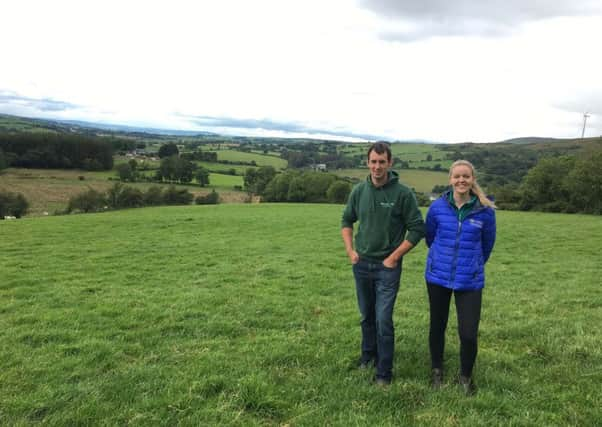Planning autumn reseeds?


If you are unsure as to whether a reseed is required or not, assess the perennial ryegrass (PRG) content of the sward.
If there is less than 40 per cent PRG present, sow out. The presence of a lot of broad-leaved weeds or a significant drop in grass yield are also factors to consider in the decision making process.
Advertisement
Advertisement
Autumn reseeds should ideally be carried out by mid-August or early September at the very latest. Completing the job by this date reduces the risk of deteriorating weather conditions impacting on grass establishment.
Ensure that fertiliser is applied before the deadline of Sunday, September 15 and also allow time to lightly graze the sward before stock are winter housed.
Collect a soil sample to determine the pH and Phosphate (P) and Potash (K) levels and aim to correct these if required at reseeding.
Having soil at the correct pH is very important to a new reseed.
Advertisement
Advertisement
This can be achieved by spreading lime at the required levels as it neutralises any organic acids produced by the ploughed soil and to condition the seedbed for greater nutrient uptake.
If required Phosphate (P) and Potash (K) can be applied by using a compound fertiliser and will help the new plants in rooting, development and tillering in early life.
In preparation for reseeding the old grass sward should be tightly grazing and following a short period of regrowth, sprayed off with Glyphosate with at least 10 days between spraying and ploughing. This will ensure the chemical gets sufficient time to be carried to the roots and have the greatest effect.
Whether you prefer ploughing or min-till type methods, the end product of the job has to be a fine, firm, level seedbed.
Advertisement
Advertisement
All methods, when carried out correctly, are equally as effective.
Post emergence spraying can be more difficult in autumn reseeds with temperatures and ground conditions deteriorating into the winter.
If the sward is sown out in good time, apply a post emergence spray six weeks after establishment if conditions allow.
Chickweed is the greatest threat to an autumn reseed and will thrive in a late sown sward with poor establishment.
Advertisement
Advertisement
A light grazing with young stock or sheep will benefit an autumn reseed, ensuring that it doesn’t carry a heavy cover over the winter as this will impact on its future performance. Allow stock in at a grazing height of 6-8cm and remove at 4cm, taking care to avoid overgrazing or poaching.
If a new sward has been sown out for use as a silage sward it is advisable to avoid cutting for the first 12 months of growth and graze only.
It is also advisable to avoid heavy applications of slurry in the early months of reseeded pasture.
* Follow the Department of Agriculture, Environment and Rural Affairs on Twitter and Facebook: https://twitter.com/daera_ni and https://www.facebook.com/daerani.gov.uk.